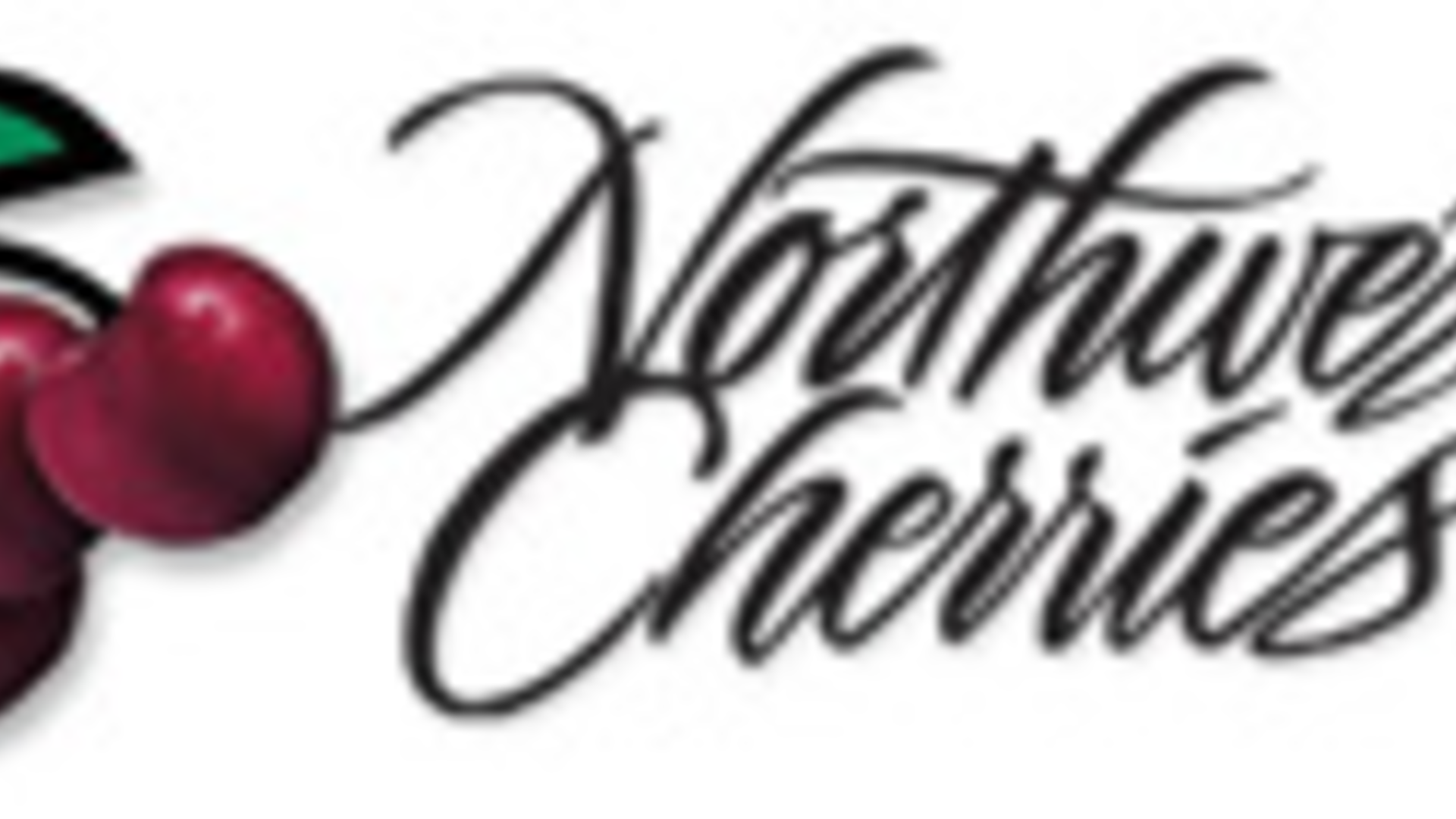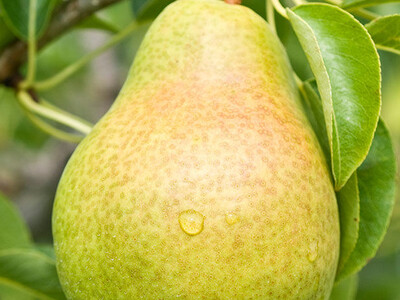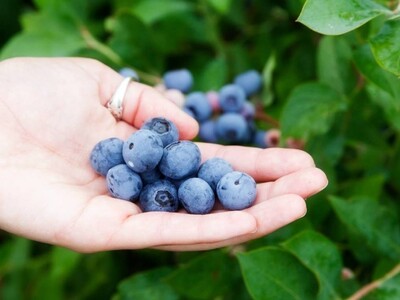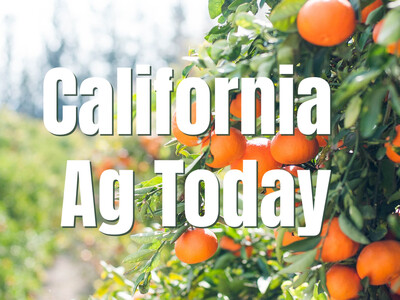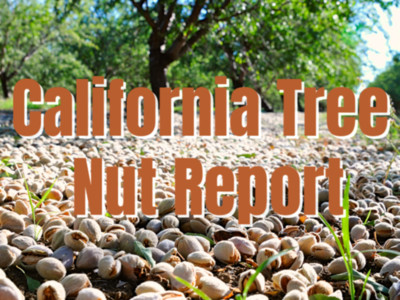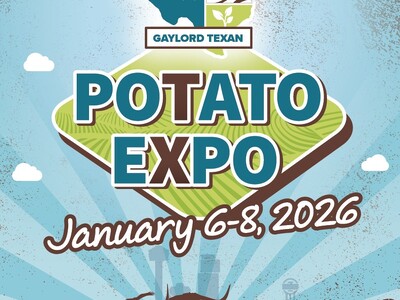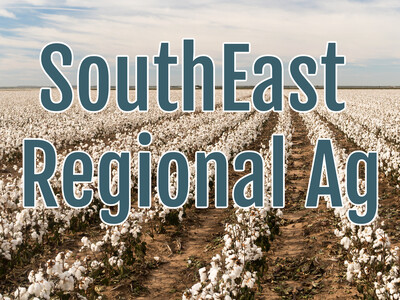Cherry Opportunities in Asia Pt 1
With today’s Fruit Grower Report, I’m Bob Larson. Amid all the bad news brought on by the coronavirus, some potential good news from Asia where the markets are beginning a return, somewhat, to normal.With harvest just a few weeks away, Northwest Cherry Growers President BJ Thurlby says China, Korea, Taiwan, and Viet Nam are key markets …
THURLBY … “They absolutely are. Offshore, I mean Canada is always our number one export market and, even with everything going on up there, we think it will be a good market again for us this year, but when you talk about offshore those are the key markets, China, Korea, Taiwan, and quickly becoming Viet Nam as well. Viet Nam is turning into a real positive cherry destination. They’re eating a lot of cherries there.”
And, Thurlby says they’ve got the money to spend …
THURLBY … “They’ve worked hard at establishing a middle class and we continue to see it grow and despite all of the challenges those people are going to be there ready to eat cherries, is what we’re being told, so that’s a positive.”
So, the timing is a bit of a rescue for cherry growers ...
THURLBY … “You know, that’s kind of what we’re seeing this as is at the very least it’s going to be an option that’s open for us, and we’re going to ship fruit to these export markets. That’s all there is to it.”
And, Thurlby says it’s better than not having a market to sell to …
THURLBY … “Well, when you’re in agriculture, you’re always worried about that, but a lot of times the overflow on apples or pears, they end up in a good place, in a place that people can utilize them, eat them, enjoy them, and stay healthy.”
Listen tomorrow for more … on the export potential for Northwest Cherries.
####
BL: Welcome back to another “Fruit Bites” brought to you by Valent U.S.A. With us again is Valent’s Allison Walston. And this week Allison, let’s talk about IPM and what it stands for?
AW: IPM, integrated pest management, uses all of the tools available to help solve pest problems while focusing on minimizing the impact to the surrounding environment.
BL: (something about that is a mouthful of fancy mumbo jumbo)
AW: Some examples include scouting for pests, encouraging natural enemies, focusing on long-term prevention, planting disease resistant varieties.
BL: So this IPM includes more than just pesticides, but every tool & tactic?
AW: Yes, by incorporating biological control, cultural controls like removing wooden bins, irrigating at certain times, using forecasting to determine stages of pests, and just knowing your orchard history and how you can improve. All of that is IPM.
BL: Well, thanks Allison. Join us again next time for Fruit Bites, brought to you by Valent. Until then, I’m Bob Larson.
https://www2.ipm.ucanr.edu/What-is-IPM/


